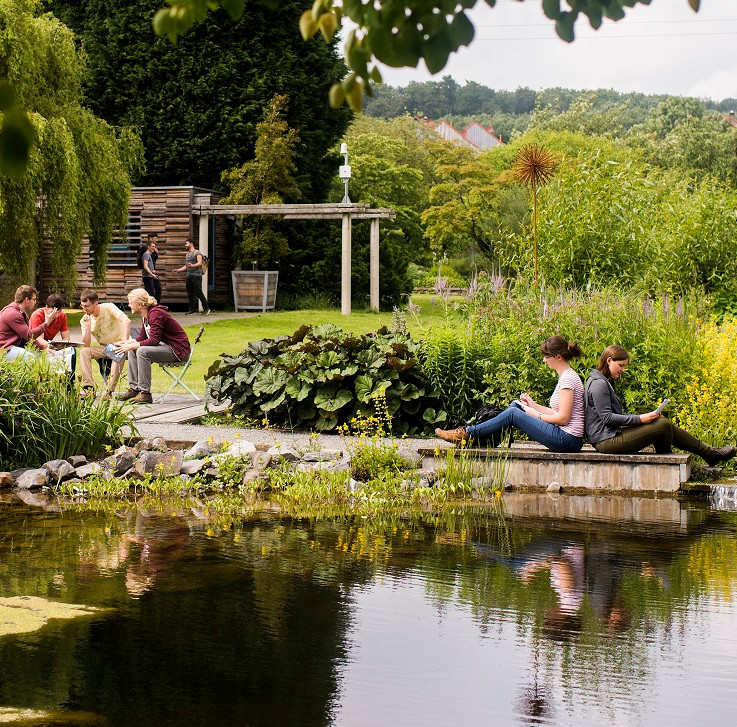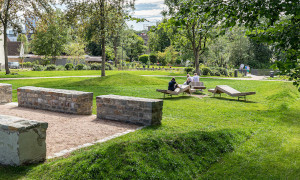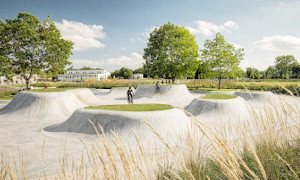Design the climate-friendly cities and landscapes of tomorrow!
Are you interested in nature and landscape, urban development, aesthetics and sustainability? Then become part of a new generation of landscape architects.
Design green oases in the city and meet the challenges of climate change with innovative concepts.

Climate adaptation: a big task
Click here to find out more about how landscape architects are preparing our cities and regions for climate change.
Make a career in planning offices, companies, environmental or urban planning offices
Landscape architecture is a unique mix: design and aesthetics, ecology and sustainability - plus knowledge of plants and building materials as well as scientific and technical knowledge.
Students of landscape architecture have a varied everyday life with subjects such as urban planning, landscape planning, landscaping, garden monument conservation, construction technology, vegetation science, ecology, nature conservation and climate science.
A creative focus is on designing and visualizing your own planning ideas - on the PC and as sketches. There are also projects and practical exercises.

After your Bachelor's degree (6-8 semesters), you can either go straight into professional practice or gain further qualifications with a Master's degree. Stays abroad are possible worldwide.
Is landscape architecture the right course for you?
Further information about studying:
You can study here
There are 14 universities in Germany that offer courses in landscape architecture.
Your direct route to the university websites: Enlarge the map section, click on the location pin and then click on the name of the university.
The names of the degree courses vary, e.g. "Landscape Architecture", "Landscape Architecture and Landscape Planning" or "Landscape and Open Space Development".
Detailed list of recognized degree courses in the field of landscape architecture in Germany:
Do a student internship!
You can get a taste of a planning office during a student internship. Click here for more information.
Image gallery: What landscape architects plan
{gallery}
Discover all the variety on our Landscape architecture today website.
Do you have any questions?
We are happy to help and advise. Write an email to
- Latitude: 0
- Longitude: 0


